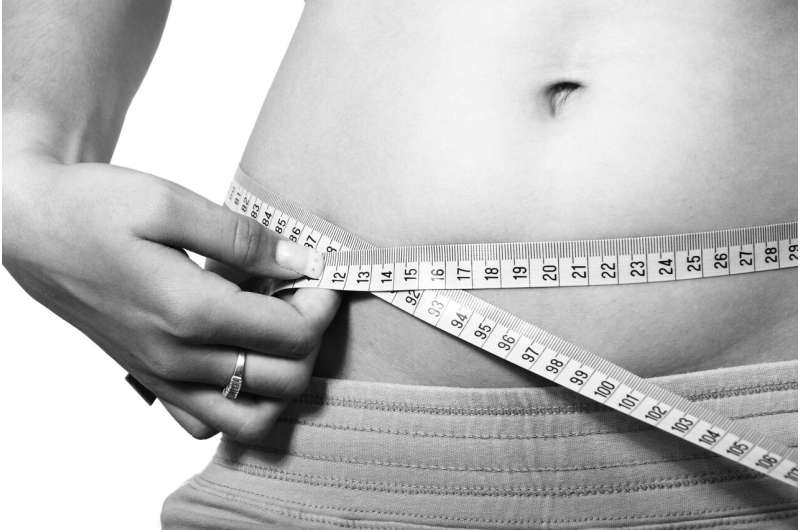California Expands Use of Artificial Turf: Weighing Environmental and Health Impacts

California's rapid adoption of synthetic turf in schools and parks raises concerns over extreme heat, chemical exposure, and environmental impacts. Learn about the ongoing debates and health risks associated with artificial turf.
As California continues to see a surge in the installation of synthetic turf across various locations—from school sports fields and city parks to residential lawns—the debate over its environmental and health implications grows. This green alternative, which mimics natural grass but is made from plastic components, is spreading rapidly throughout the state, with an estimated 1,100 acres being laid annually—roughly equivalent to nearly 870 football fields.
Municipalities and school districts often promote artificial turf for its water efficiency, lack of need for pesticides or fertilizers, and the ability to maintain year-round activity without interruptions from weather conditions like rain. Institutions such as Laguna Beach Unified School District and San Mateo County's Education Office have even received accolades for adopting this modern landscaping solution.
However, mounting concerns are challenging this optimism. Critics—including health experts, environmentalists, and concerned parents—highlight potential risks associated with artificial turf. One key issue is the extreme heat generated by the material, with reports indicating that turf surfaces can reach temperatures over 160 degrees Fahrenheit, posing a burn risk particularly to children and athletes. Additionally, the turf contains chemical substances such as PFAS (forever chemicals), endocrine disruptors like phthalates, and volatile organic compounds like benzo(a)pyrene along with naphthalene. These chemicals, which are embedded within the blades or infill materials, may have long-term health effects, although definitive research is still ongoing.
Studies have shown that these chemicals can cause health problems in laboratory animals, and there is concern about their impact when children play, run, or ingest particles from the turf. Injuries, especially to ankles and knees, have also been reported, linked to how cleats grip the infill material.
Proponents argue that some of these risks are unproven or manageable. For instance, measures like watering turf fields can reduce surface temperatures, and natural infill options such as ground walnut shells or olive pits generate less heat. Additionally, a draft report by California’s Office of Environmental Health Hazard Assessment suggested that chemical exposure from crumb rubber infill was not significant enough to warrant alarm. Nonetheless, experts urge caution, emphasizing that these conclusions are based on limited data, and comprehensive assessments of the full spectrum of turf components are lacking.
The debate extends to environmental impacts as well. Microplastics shed by the turf and the heat generated by plastic fields contribute to pollution and climate change. For example, an average synthetic turf field can release thousands of pounds of microplastic fibers annually, further polluting waterways and ecosystems.
Policy discussions are underway, with Los Angeles considering a potential ban on artificial turf, while other cities have already moved toward prohibition. Critics like Terry Saucier from the SoCal Stop Artificial Turf Task Force criticize the practice, arguing that it replaces natural green space with synthetic carpets and raises serious health and environmental concerns.
As the movement to expand artificial turf persists, the need for further research and balanced policy-making is evident. While the environmental and health risks are still being studied, the narrative underscores the importance of considering long-term impacts of this widely adopted landscape material.
Source: https://medicalxpress.com/news/2025-09-california-artificial-turf-health-environmental.html
Stay Updated with Mia's Feed
Get the latest health & wellness insights delivered straight to your inbox.
Related Articles
Central Fat Accumulation Elevates Risk of Urinary Incontinence in Women
A Finnish study finds that central fat accumulation significantly increases the risk of urinary incontinence in middle-aged women, emphasizing the importance of body composition management for pelvic floor health.
Innovative Gene-Edited Immune Cells Pave the Way for Universal 'Off-the-Shelf' Cancer Treatments
Scientists have developed a universal, off-the-shelf CAR-T cell therapy using gene editing to enhance immune evasion, promising faster and more accessible cancer treatment options.
Astrocytes Reveal Their Surprising Role as Brain Network Conductors
New research reveals astrocytes as active integrators within brain networks, capable of coordinating multiple neural signals and influencing cognitive functions, redefining their role in neuroscience.
Breakthrough in Cancer Diagnosis: Novel Fusion Gene Identified in Adenoid Cystic Carcinoma
Researchers identify a new fusion gene, NFIB::PHACTR2, crucial for accurately diagnosing adenoid cystic carcinoma, highlighting the importance of molecular testing in cancer diagnosis.



